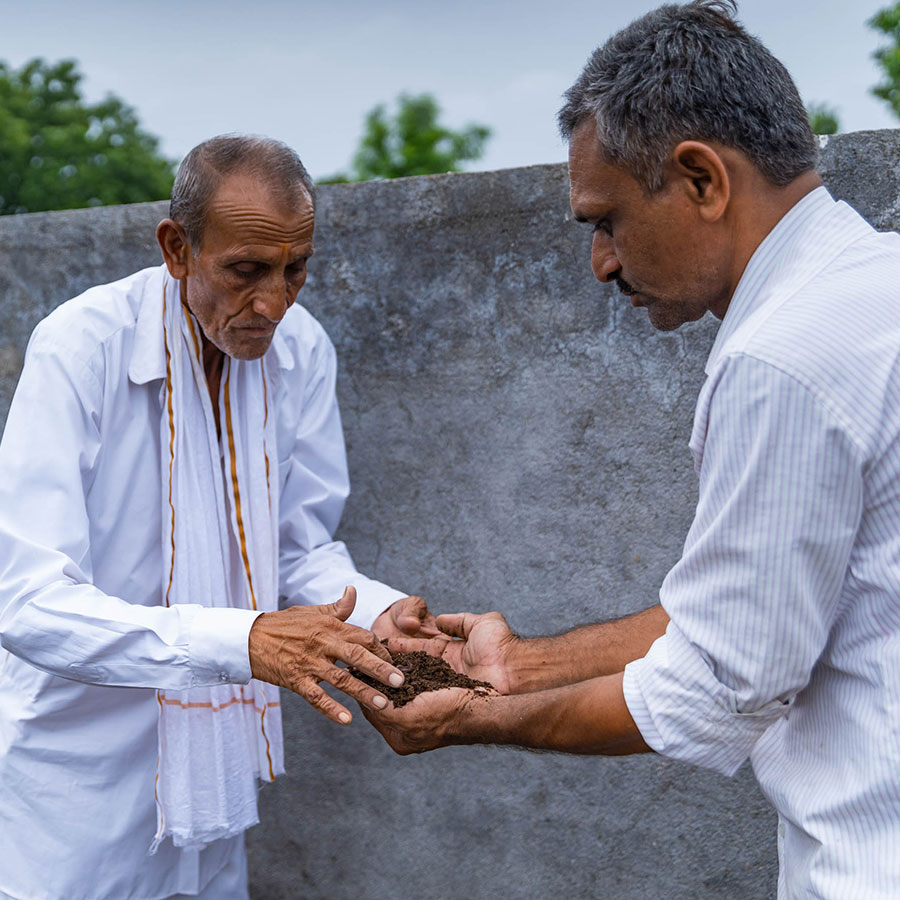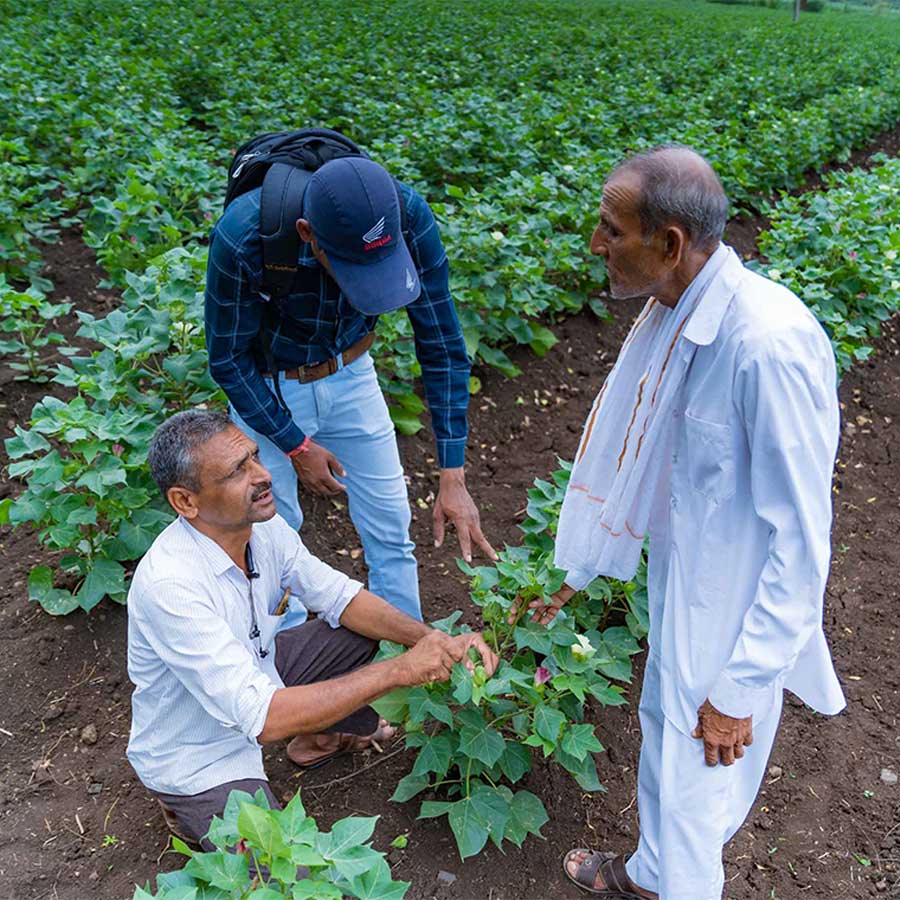How We Measure
We make monitoring, evaluation (M&E) and learning a key part of our work, so we can continuously improve the methodology behind all our interventions. In practice, M&E means constant analysis, reflection and iteration of our work – adapting approaches to local contexts and full transparency for our donors and partners.

Measuring Impact
Everything OCA does is focused on achieving the greatest possible impact in line with our mission, in the most efficient, effective and sustainable way possible. OCA’s Monitoring & Evaluation (M&E) System helps us gain insights about the effectiveness of our interventions in contributing to the aspired goals of our programmes. It also serves the following objectives:

Performance measurement
Assessing the direct results of the practices in OCA’s interventions and the extent to which they lead to improvements in the business case for smallholder farmers. This includes the evaluation of existing and piloted activities to enable continuous improvement and comparative learnings
Enhanced transparency
Verifiable and transparent data collection enhances the credibility of the farm projects and their results. To ensure the impartiality and rigour of the third-party verifiers who work with OCA, we mandate that they demonstrate qualifications and competencies to illustrate their appropriateness for this role
Communicating results
Sharing results to sector stakeholders and consumers to showcase the effect of the intervention and the opportunity for further optimisations
Continuous improvement
Contributing towards a cycle of shared measurement and continuous learning to improve future intervention design and understand possible changes.
We hope that the increased transparency brought by our M&E system fosters trust among the different actors involved in our projects and contributes to enhancing the overall credibility of our efforts.

The Farm Programme
OCA’s Farm Programme is a direct-to-farm sourcing model and capacity-building programme which aims to advance farmer prosperity while creating a resilient, responsible, and transparent supply chain for all players. It functions within a system of existing and regulated standards (NOP / NPOP as part of the IFOAM family of standards) and certifying bodies. In addition, several of our projects are Fairtrade or ROC certified.
What makes OCA unique, is that whilst we aim to operate on top of the standards, our role is to make use of verified data as a baseline to drive improvement. In this capacity we support both the organic farming standards and the organic farming community. As a multi-stakeholder organisation committed to unleashing the positive impacts of organic cotton for people and planet, we must understand whether our work is delivering against that mission. To do that, we champion data-driven insight, looking beyond the results alone and monitoring the inputs, activities, and outputs that underlie those results.

How we validate our Farm Programme
To ensure our Farm Programme is making a meaningful difference in the sector, we operate an M&E system that allows us and our stakeholders to measure the influence of the Programme. The principles which guide and mandate our M&E system for the Farm Programme are detailed in these documents:
- OCA Farm Programme Guidelines
- OCA Verification Manual
- OCA Requirements for Third-Party Validators
- OCA Approved Verifier List
- OCA Standard Operating Procedure for GMO Sampling and Testing
Monitoring the scale of the Farm Programme is important; but looking beyond the total number of farmers, hectares of land, and metric tonnes of cotton sourced through it, is critical too. We work with third-party agencies who collect, verify, and validate the field-level data for our Farm Programme and this data enables us to measure and monitor the real change our organic cotton farmers experience in varied contexts; from in-conversion farmers starting their organic cotton journey to certified organic farmers.
No matter the farmer’s background or geographic location, the inclusion of third-party verified data in our M&E system provides assurance and enables continuous improvement in farmer livelihoods; whilst building transparency, integrity, and supply in the organic cotton sector.
OCA’s validated and verified data provides input for impact reporting across several categories, such as, seed, input provision, and selection, agronomic result and yields, farmer general data, implementation partner provided support, operating cost and revenue, business case and payment verification, adherence to the standards and integrity, quality and lint volume output.
In addition to our annual Farm Programme Impact Report, we also make use of our data pool to drive continuous improvement, through our multi-stakeholder platform, in the areas of; seed variety, seed growers, improving integrity in the sector, sharing of best practice and training and volume reconciliation. To ensure a robust M&E system we work with external consultants to review and update our processes, materials, and service agreements.
